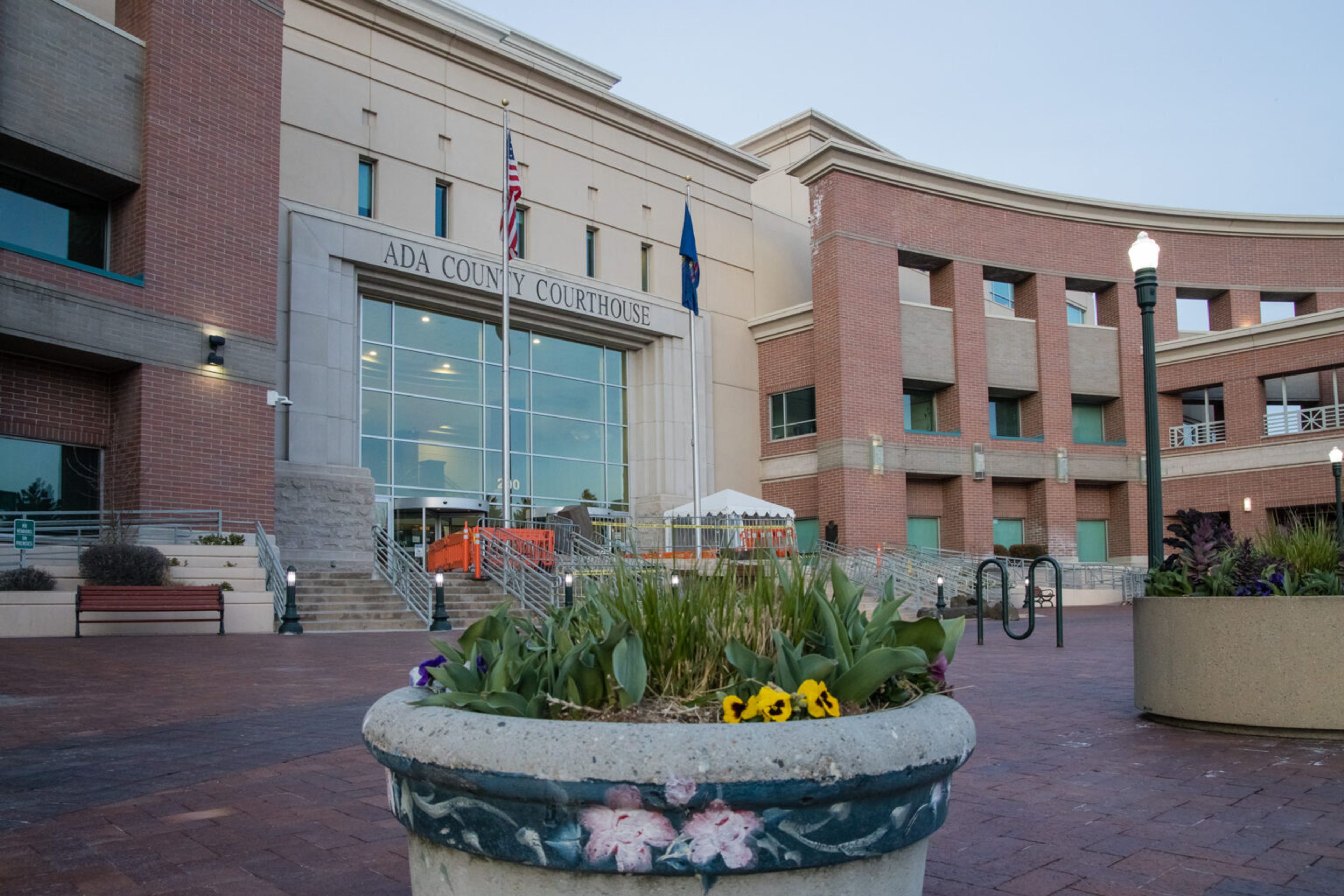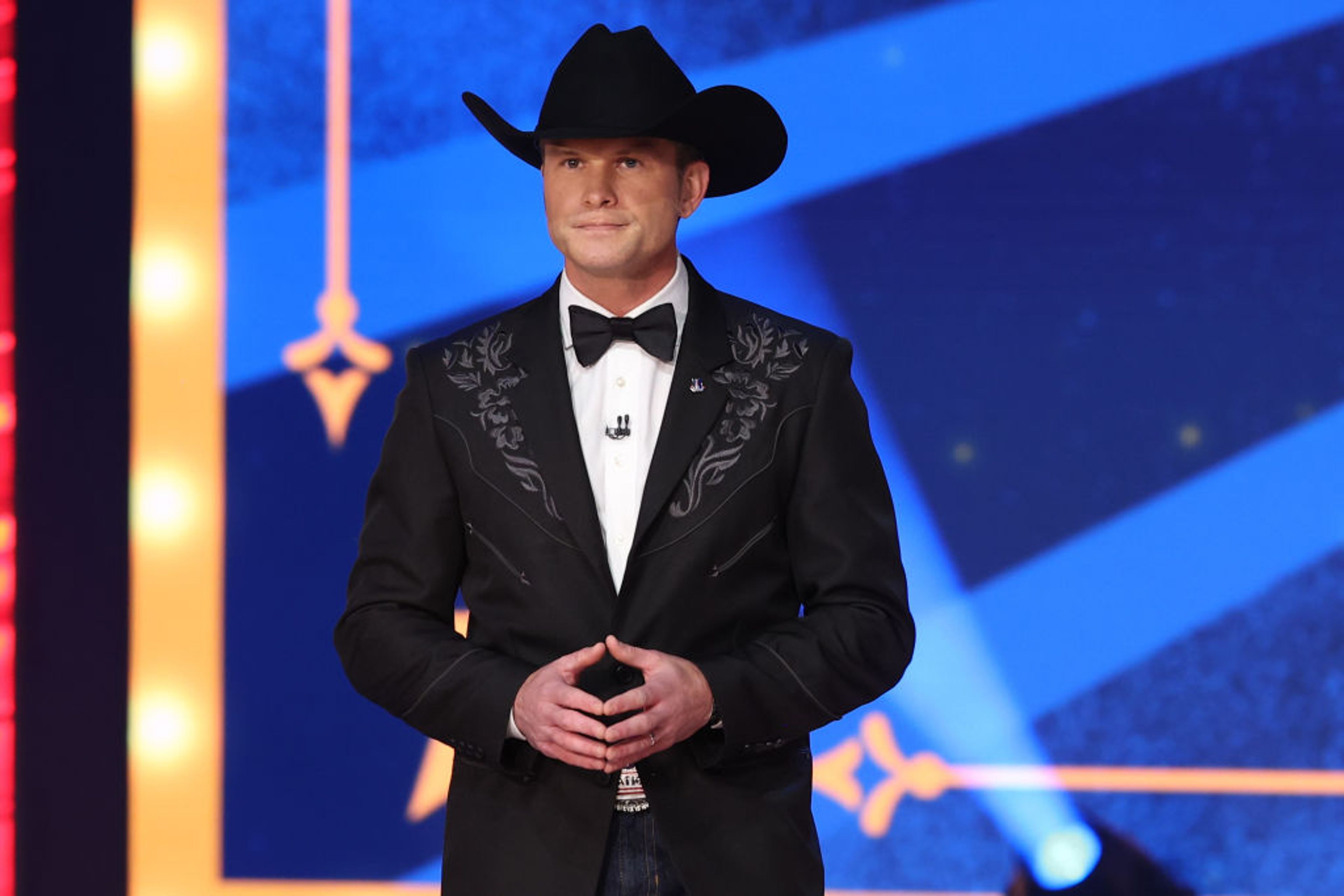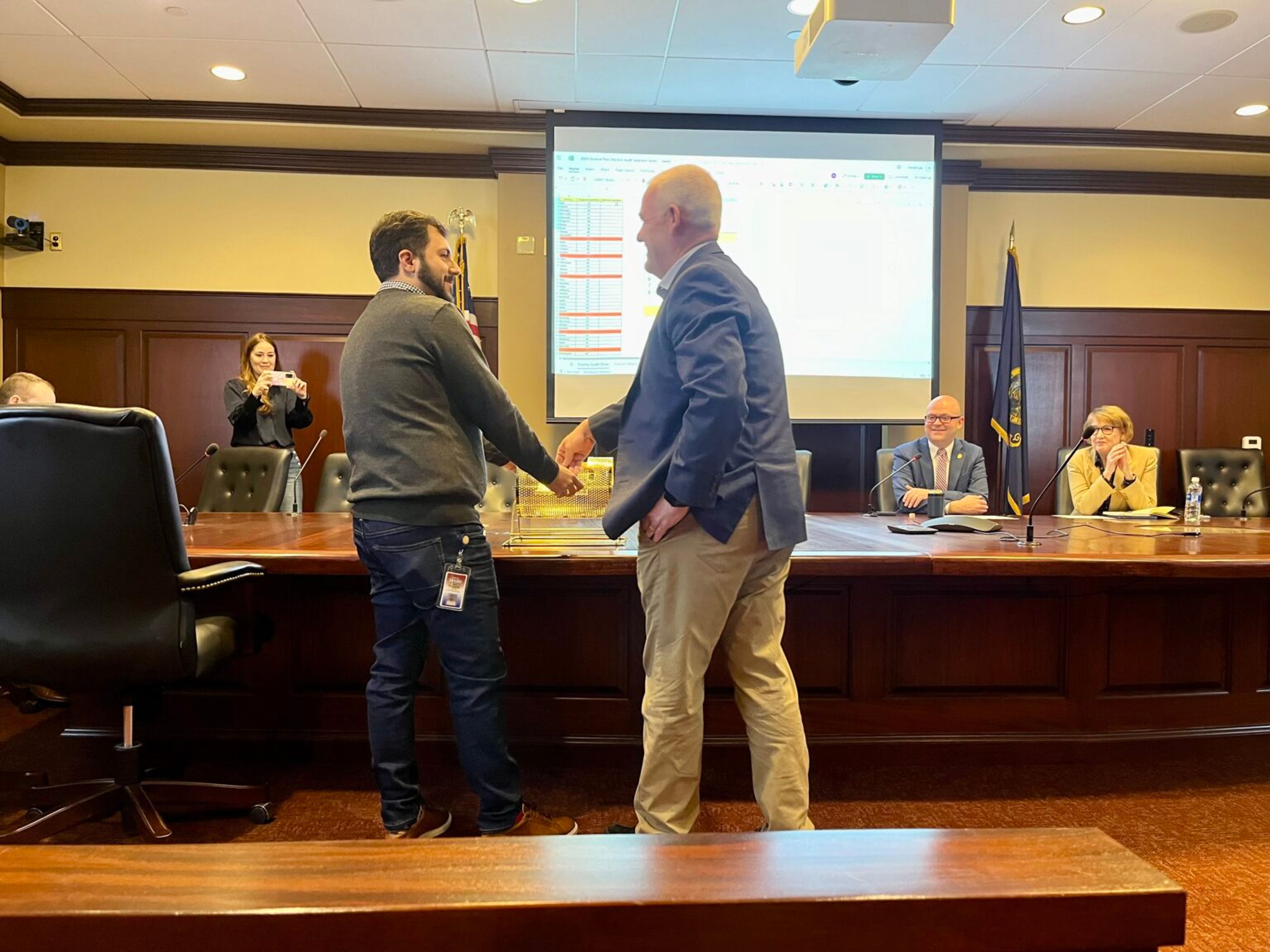Owl collisions with vehicles on seasonal rise
MOUNT VERNON, Wash. — With more hours of darkness, and more rain and fog that can obscure vision this time of year, area wildlife rehabilitation facilities are seeing an increase in owls being hit by vehicles.
“It’s becoming dark earlier, and then these owls are out hunting and there’s trash and things on the sides of roads, and that attracts rodents ... so that’s where they hunt and then they get clipped by cars,” Sarvey Wildlife Center Executive Director Suzanne West said.
This increase is something Sarvey, in Arlington, and Wolf Hollow Wildlife Rehabilitation Center, on San Juan Island, see each fall. Both centers treat wildlife from Skagit County, and each have recently received several owls injured along roadsides here.
“We’ve been getting a lot of owls from Skagit County that have been hit by cars,” Wolf Hollow Education Coordinator Shona Aitken said.
Fourteen of 17 owls treated at the center this fall were hit here, along State Route 20 and Memorial Highway, and in the Big Lake, Bow, Mount Vernon and Sedro-Woolley areas. Owls hit by vehicles often suffer head and wing injuries.
“They are so focused on the mouse in the grass at the edge of the road that they’re not paying attention to fast-moving vehicles,” Aitken said.
While there’s always an uptick in injured owls this time of year, she said seeing 17 since Sept. 15 is unusually high.
“This is the highest number of owls our long-term staff members remember getting in one season,” she said.
Some of the owls have died from their injuries, some have been released back into the wild after care, and some are still undergoing treatment, including one that arrived at the center Monday.
At Sarvey, six owls hit by vehicles in Skagit County have been received since Oct. 1. The center this week released a barred owl that had been hit in the Mount Vernon area and a barn owl that had been hit in the Sedro-Woolley area.
Aitken and West said their centers receive more barred owls than any other species, but the region has a wide variety of owl types, from the about 7-inch-tall northern pygmy owl to the approximately 22-inch-tall great horned owl.








